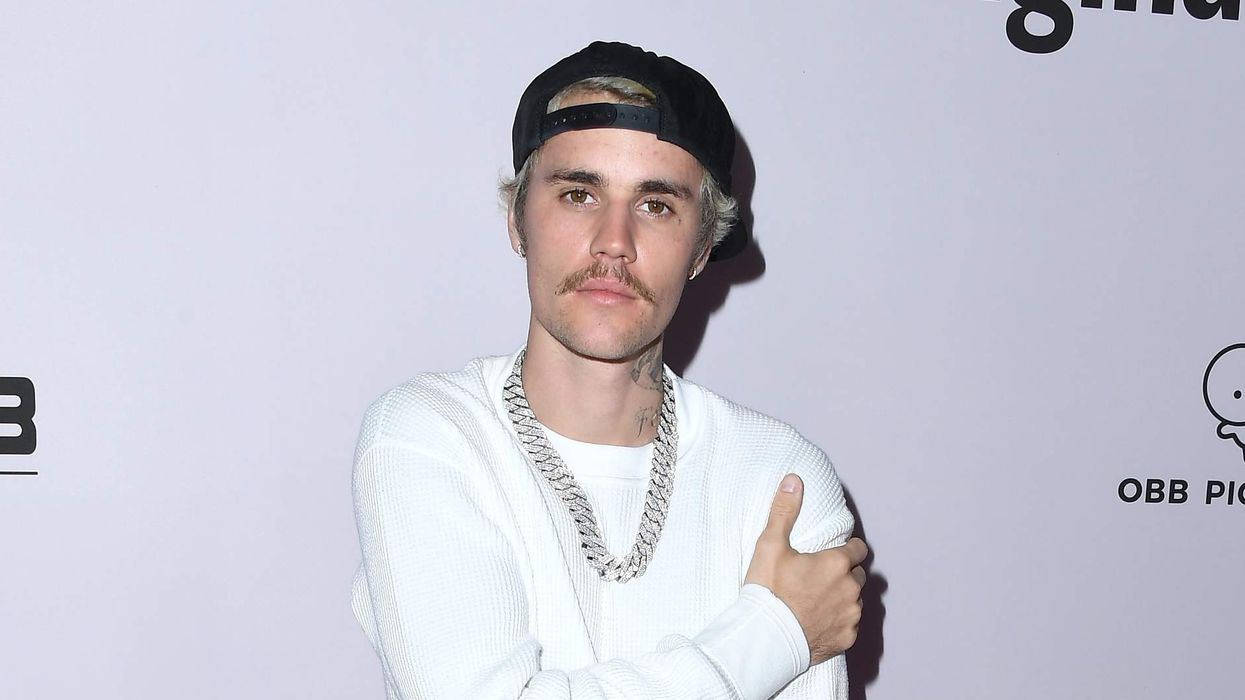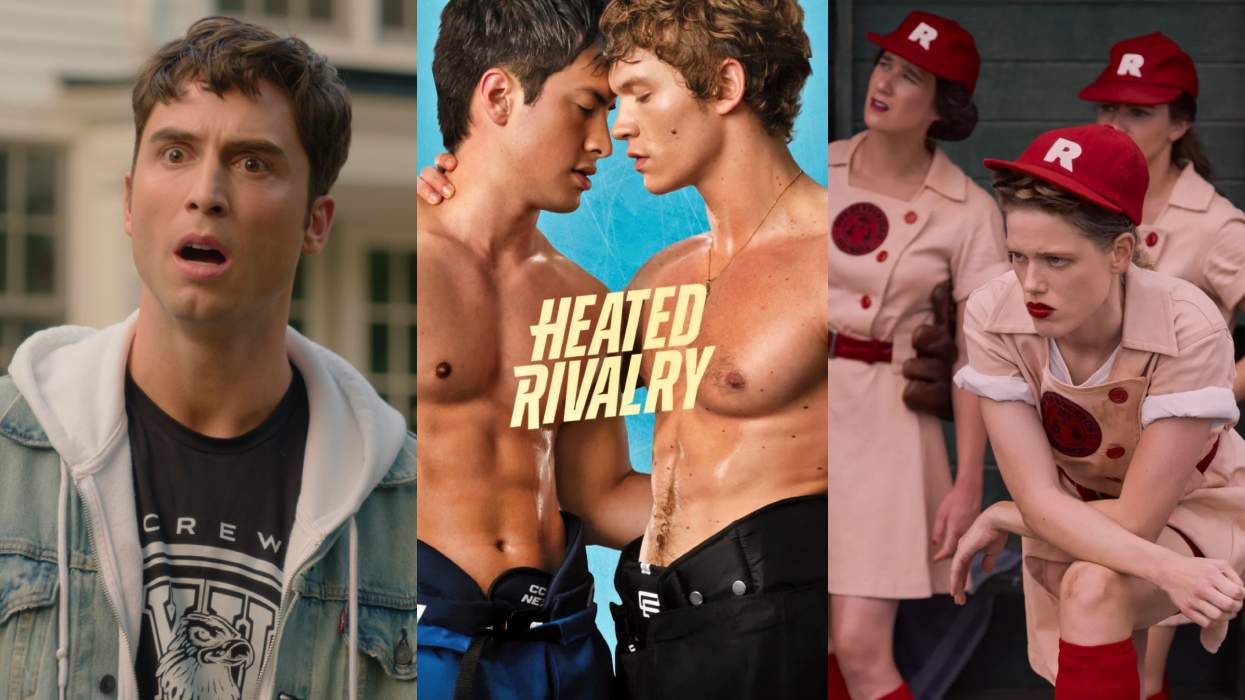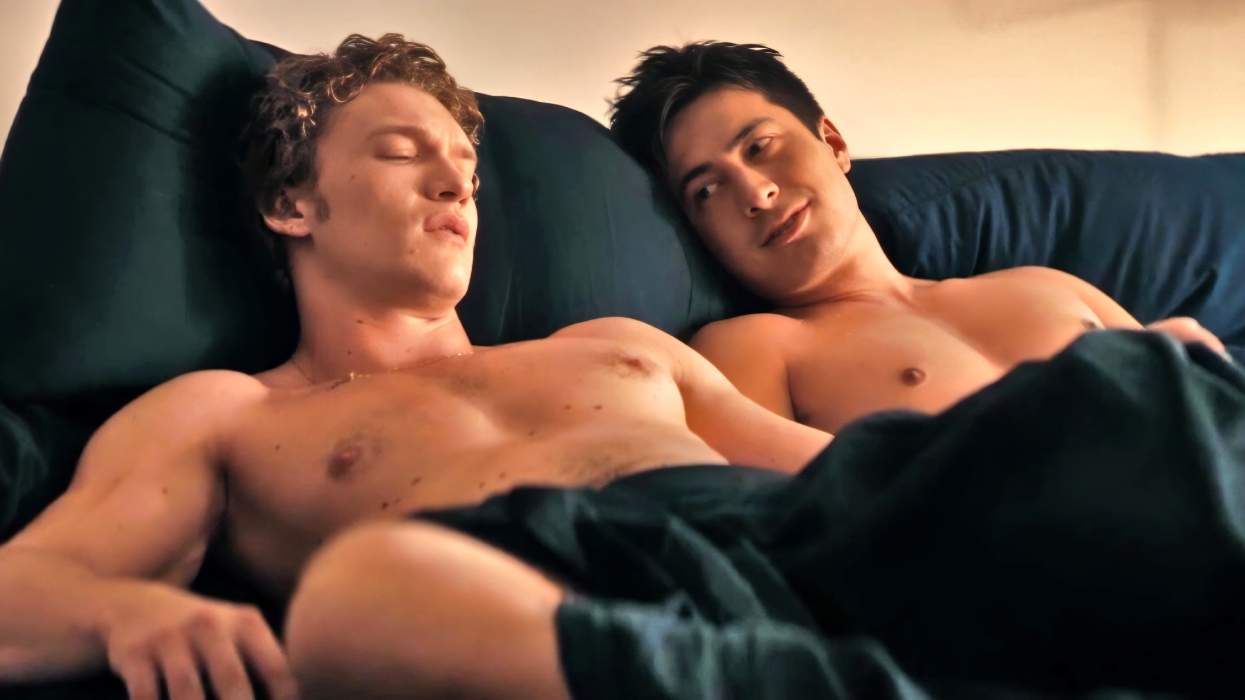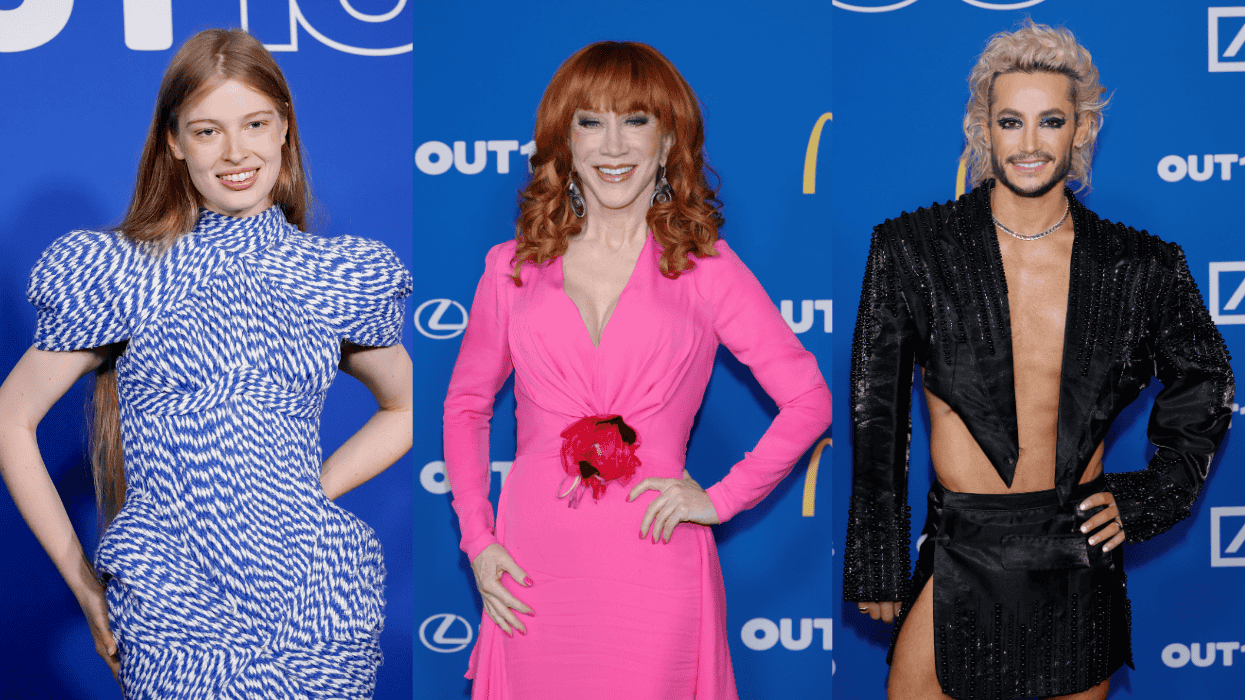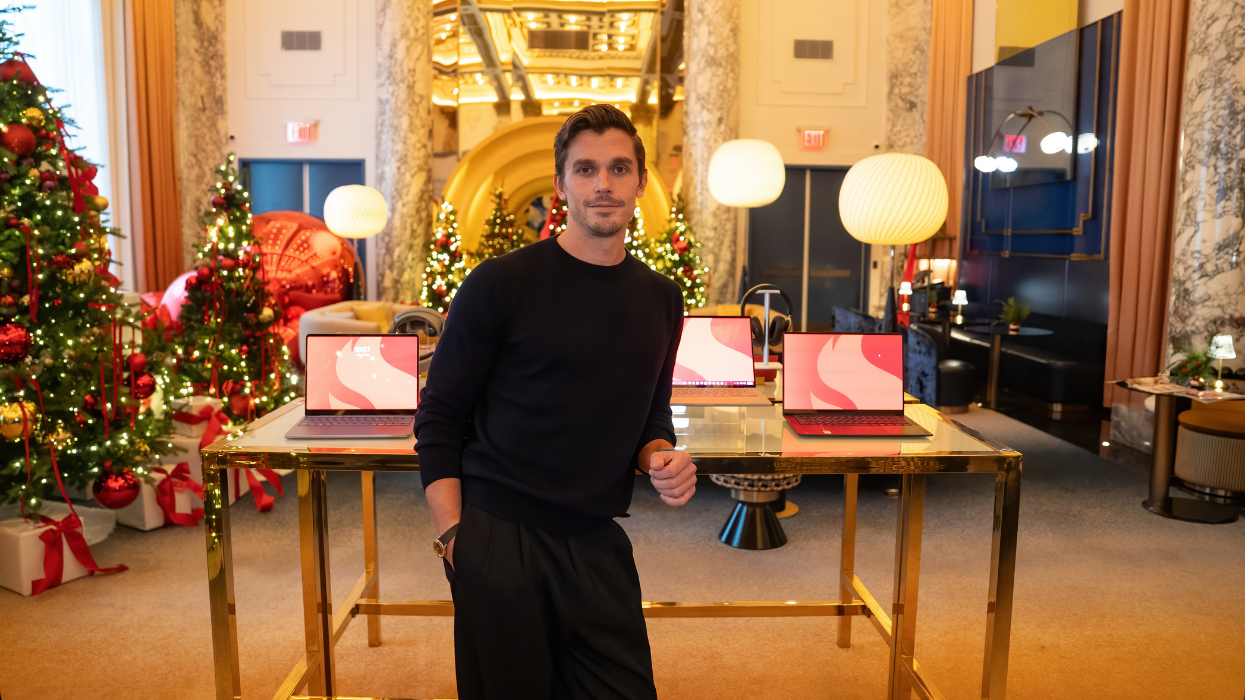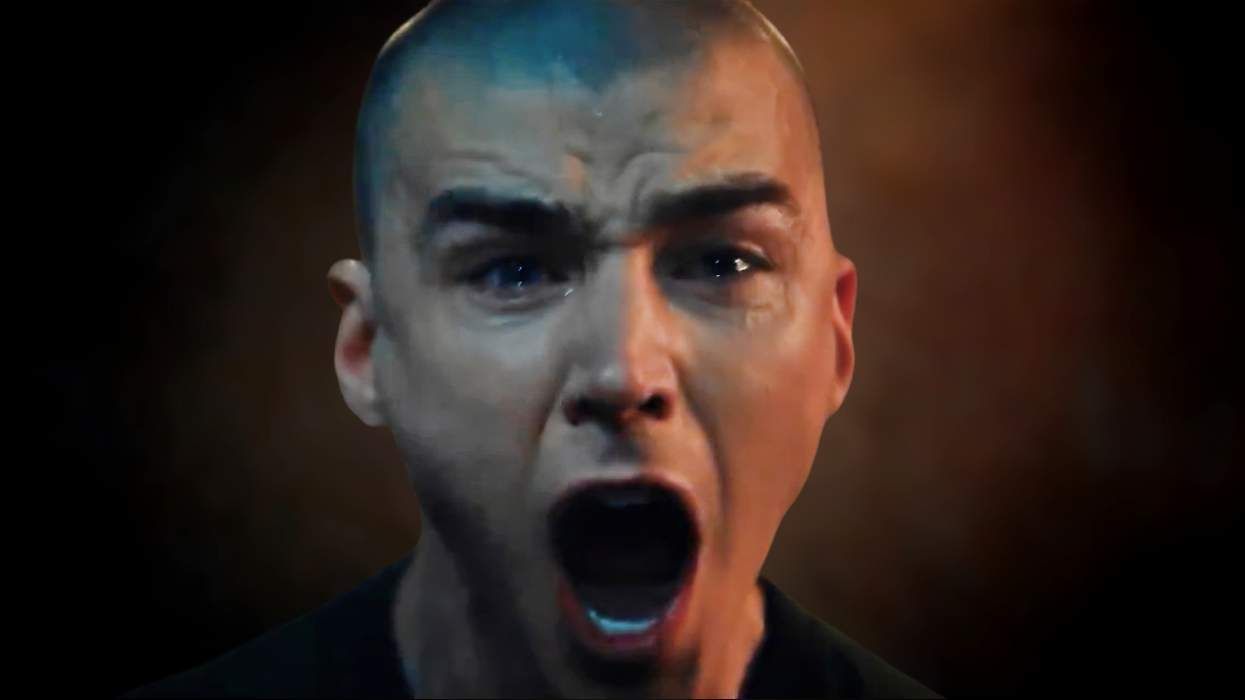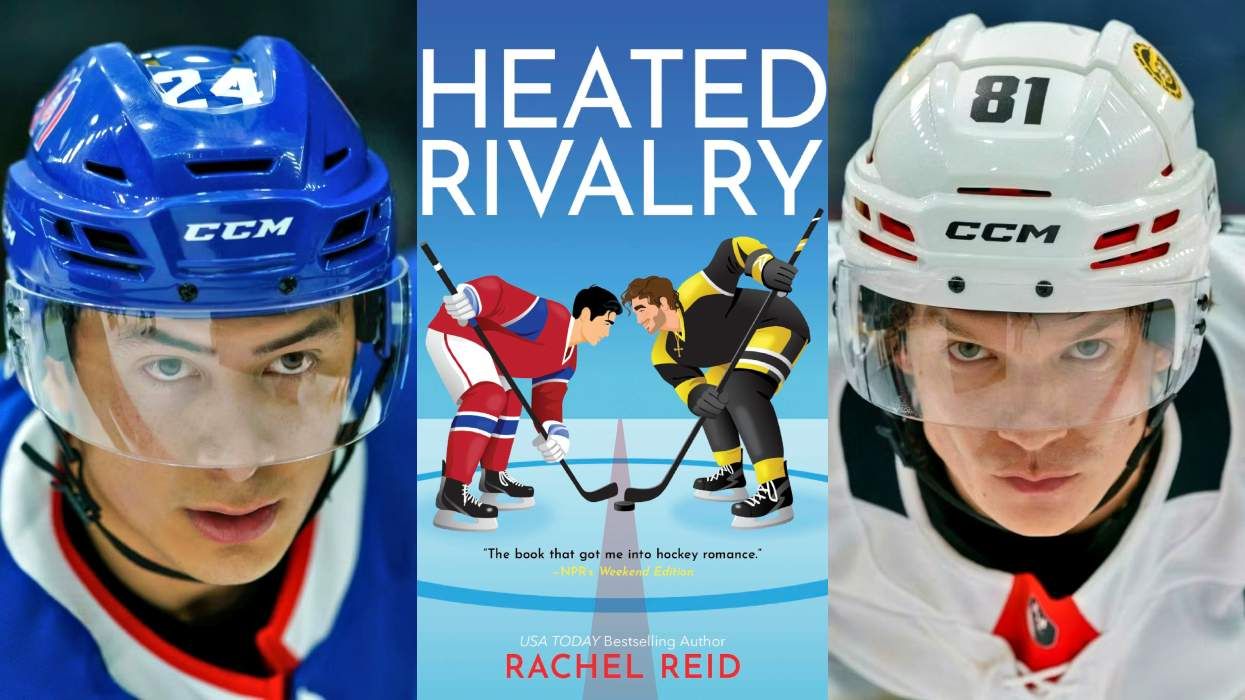The ballroom community is in an unprecedented time right now: with HBO Max's Legendary, the community has its first televised competition show. Many have connected it to Pose, the Ryan Murphy drama that airs on FX. But Pose actress and choreographer Leiomy Maldonado said in a recent interview that the series isn't actually a ballroom show.
"Being a part of Pose for me was so surreal," Maldonado told The Queer Review. After making history as the first trans woman to appear on America's Best Dance Crew in 2008, the star has gone on to become one of the most visible vogue performers globally. "When I first got the call about being the choreographer I was like 'wow, this is such an amazing experience'. I had to do some research myself because I wasn't out in the 80s and early 90s and I had to research what I was going to bring, and what they wanted to see." Between the start of Pose and the end of her season of ABDC, Maldonado had also notably appeared in projects like Willow Smith's "Whip Your Hair" video and fronted a Nike campaign.
"I felt like it was so important to see my sisters out there sharing the stories we went through, our own people sharing the stories that we went through ourselves, and how educational the show has become for so many people," she said of the FX series. Although Pose is not a ballroom show, it's a show about the LGBTQ community which happens to play around the time where ballroom was a highlight."
And it's true, Pose is not a ballroom show. While the Steven Canals-created series certainly uses the house-led ballroom scene as a backdrop, and sometimes an inspiration point, it is not really a ballroom show. It moreso uses the community as a setting through which to tell the stories of Black trans women. This is a nuanced distinction, likely due to the fact that as of season two, Pose had no one from the ballroom community in the writer's room -- they were only commissioned as consultants after scripts were written. Still, the show is no doubt a celebration of the community.
But what about that other show that people always talk about when it comes to the ballroom scene and voguing? What about RuPaul's Drag Race.
"I feel like a lot of times people think because you're part of the LGBTQ community that anything LGBTQ is the same or it relates, but it's not," Maldonado, who is an icon in the ballroom community, said. "Yes, the ballroom scene started with drag, that's where it initially started, but when it comes to ballroom that's not the main thing. The drag world, that's a whole different type of world."
And it's true. As the story goes, the house-led ballroom community broke off from the drag scene in the early 1970s as a result of ongoing racism in the scene. There was the hope of creating a new space where Black and brown queens -- many of whom we now know to be women of trans experience -- could be rightfully recognized. Over time things shifted and there was an influx of butch queens (gay men), and many of the drag queens began to identify as femme queens (trans women). Drag queens have continued to exist within the community, but are in the vast minority.
The two certainly have lingering influences on one another and reference each other, but they are not the same as some people believe. Yes, Drag Race has a "ball challenge" referencing the ballroom scene but it doesn't actually look like the ballroom scene -- and on top of that, the show has routinely used the incorrect nomenclature for various moves in what Maldonado calls cultural appropriation. But would she, if given the chance, go on the show to give expert guidance from ballroom if Ru hoped to do things authentically?
"I decline," she said. "I wouldn't. My brand is to only be a part of things that celebrate trans women and the people of our community in a genuine way and that's not a platform that I would be a part of."
Well, that's that on that!
RELATED | 'Legendary's Leiomy and Dashaun Are Blueprints for Voguing Today





